Overview
Ahmedabad, located in the Indian state of Gujarat, holds the distinction of being the most populous city in the region. It serves as the administrative headquarters for the Ahmedabad district and is home to the Gujarat High Court. Over time, Ahmedabad has risen as a significant economic and industrial center within India. Thanks to its substantial cotton production, it was once renowned as the 'Manchester of India,' alongside Kanpur. Although the city's stock exchange ceased operations in 2018, it stood as the country's second oldest.
Narendra Modi Stadium in Motera, boasts a remarkable seating capacity of 132,000 spectators, making it the largest stadium in the world. Furthermore, the construction of the world-class Sardar Vallabhbhai Patel Sports Enclave is presently underway. Upon its completion, it is set to become one of the most extensive sports centers, often referred to as a Sports City, in all of India. In 2010, Ahmedabad was ranked third in Forbes's list of fastest growing cities of the decade.
Travelling to Ahmedabad.

Air
Sardar Vallabhbhai Patel International Airport, also known as Ahmedabad Airport, links the city with major national and international destinations. Flights to cities such as Bangalore, Chennai, Delhi, Hyderabad, Chennai, Goa, Pune and Kolkata can be availed from Terminal 1.

Train
The city of Ahmedabad is well linked to most part of the country via an extensive rail network. A number of superfast and express trains are available for metro cities like Mumbai, Delhi, Kolkata and Chennai from Ahmedabad Railway Station.

Road
The state of Gujarat has best road transportation system in the whole country. Ahmedabad Municipal Transport Service (AMTS) and interstate bus services here link Ahmedabad with major cities in the state as well as in India. There are regular buses for Mumbai, Shirdi, Pune, Bhavnagar and Gandhinagar from Ahmedabad.
Things to Do:

Gandhi Ashram
Sabarmati Ashram in Gujarat, located north of Ahmedabad, was originally the residence of Mahatma Gandhi and his spouse Kasturba. The ashram is flanked by a calm and quiet stretch by the Sabarmati River. This is also the location where Gandhi started his Dandi March from.
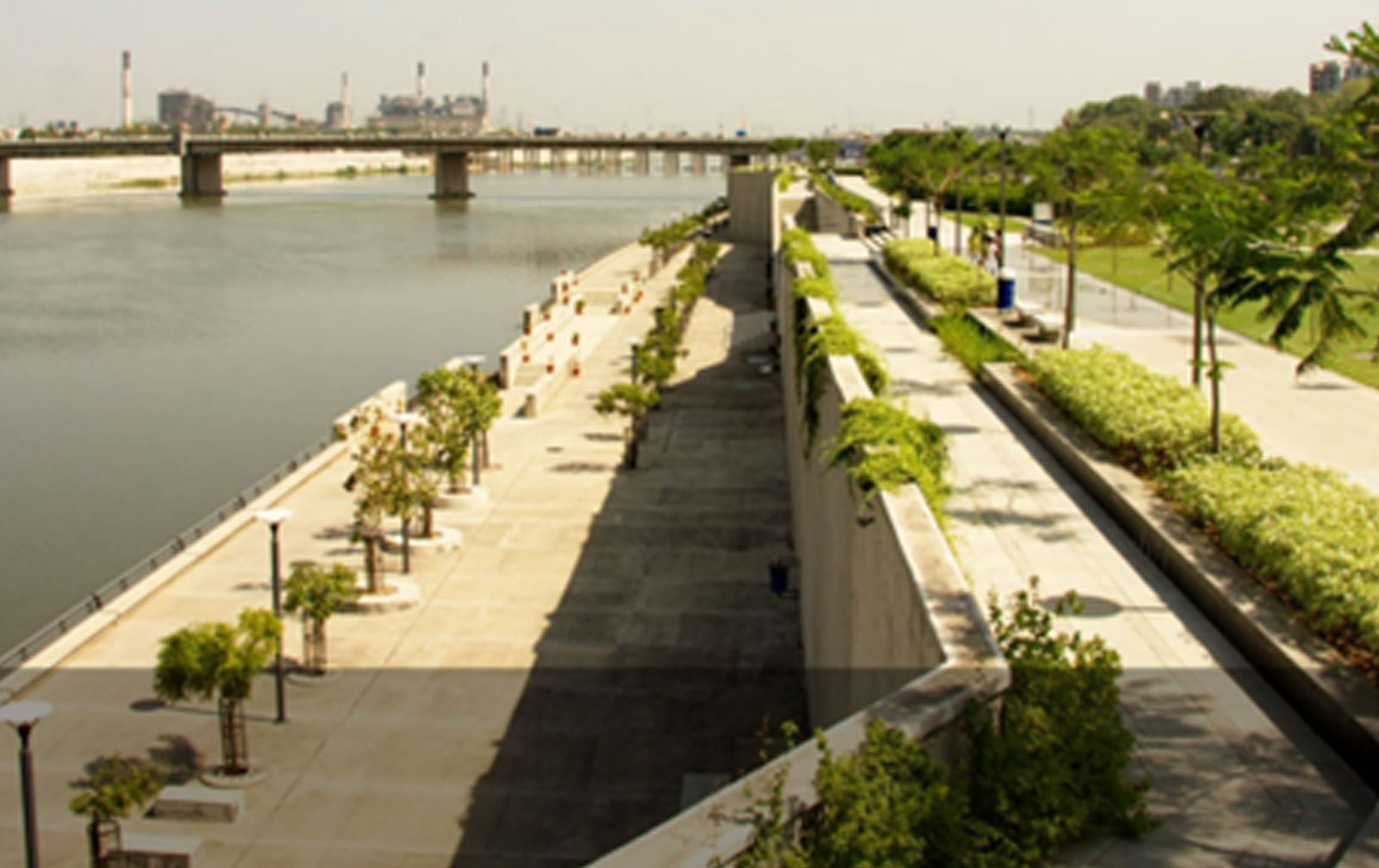
Sabarmati Riverfront
Sabarmati river has been an integral part in the life of Ahmedabad since the time the city was founded in 1411 along the river banks. Sabarmati Riverfront project has proved to be a major Urban Asset and adds another feather in the cap.

Kankaria lake
Kankaria lake can be found in the south-eastern section of Ahmedabad near the Maninagar area, in Gujrat. It is said to be the second largest lake in the city. Multiple tourist spots like the zoo, kids city, toy-train, hot-air balloon ride, water-based rides and other such entertainment attractions are in abundance in the lakefront that has been developed around Kankaria lake.
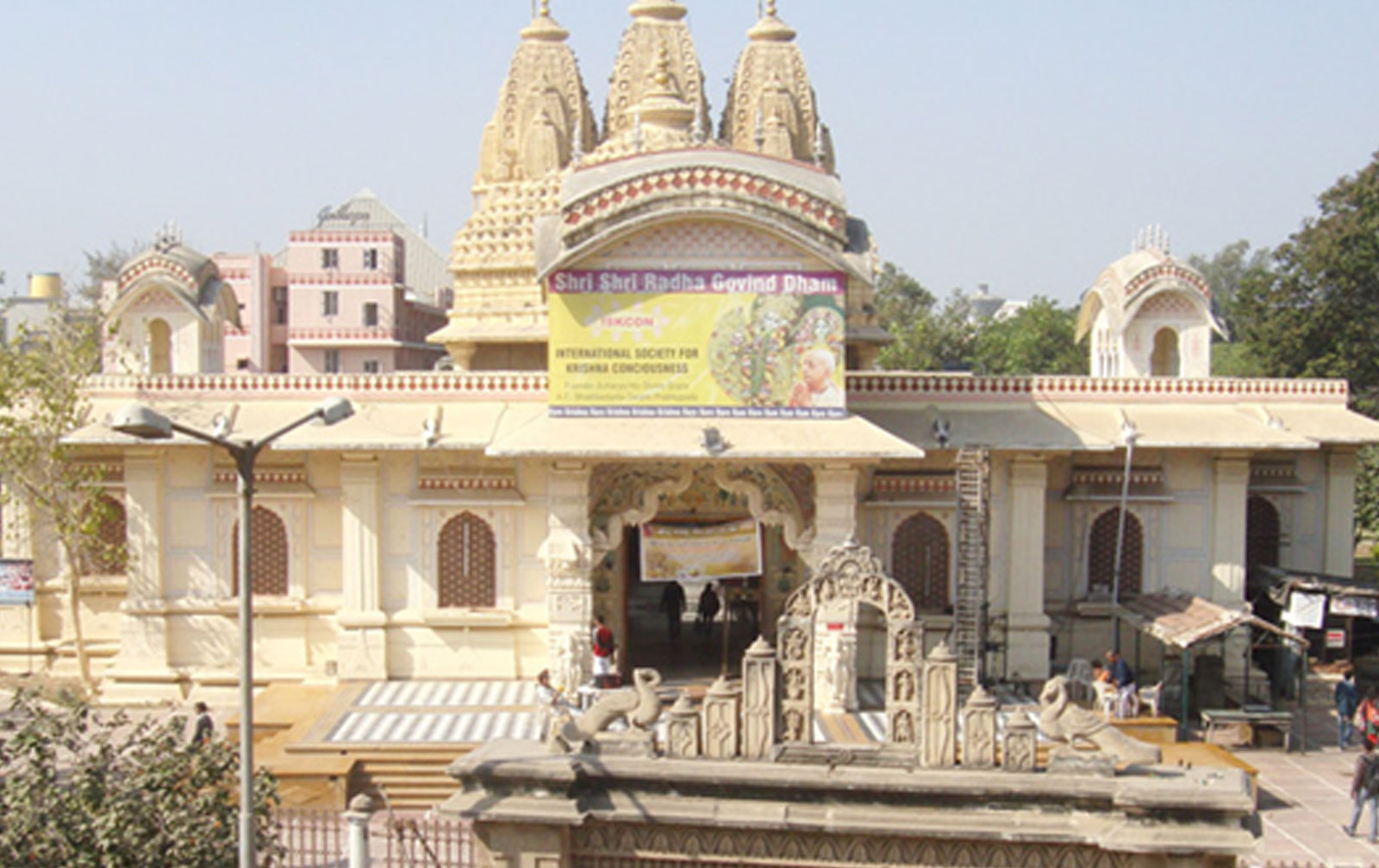
ISKCON Temple
ISKCON (International Society on Krishna Consciousness), otherwise known as the Hare Krishna movement, have established a temple in Ahmedabad as well. Sprawling over an area of four acres, the architecture of the temple is a harmonious blend of Gujarati Sompura and Rajasthani Khamira style. Well designed by the expert architects, the temple features the largest temple rooms in India, which can accommodate around 4000 devotees. Intricate marble work, beautiful murals, gorgeous columns, exquisite marble floors and designer walls of the temple are all the testaments to the devotion to this place of divinity.
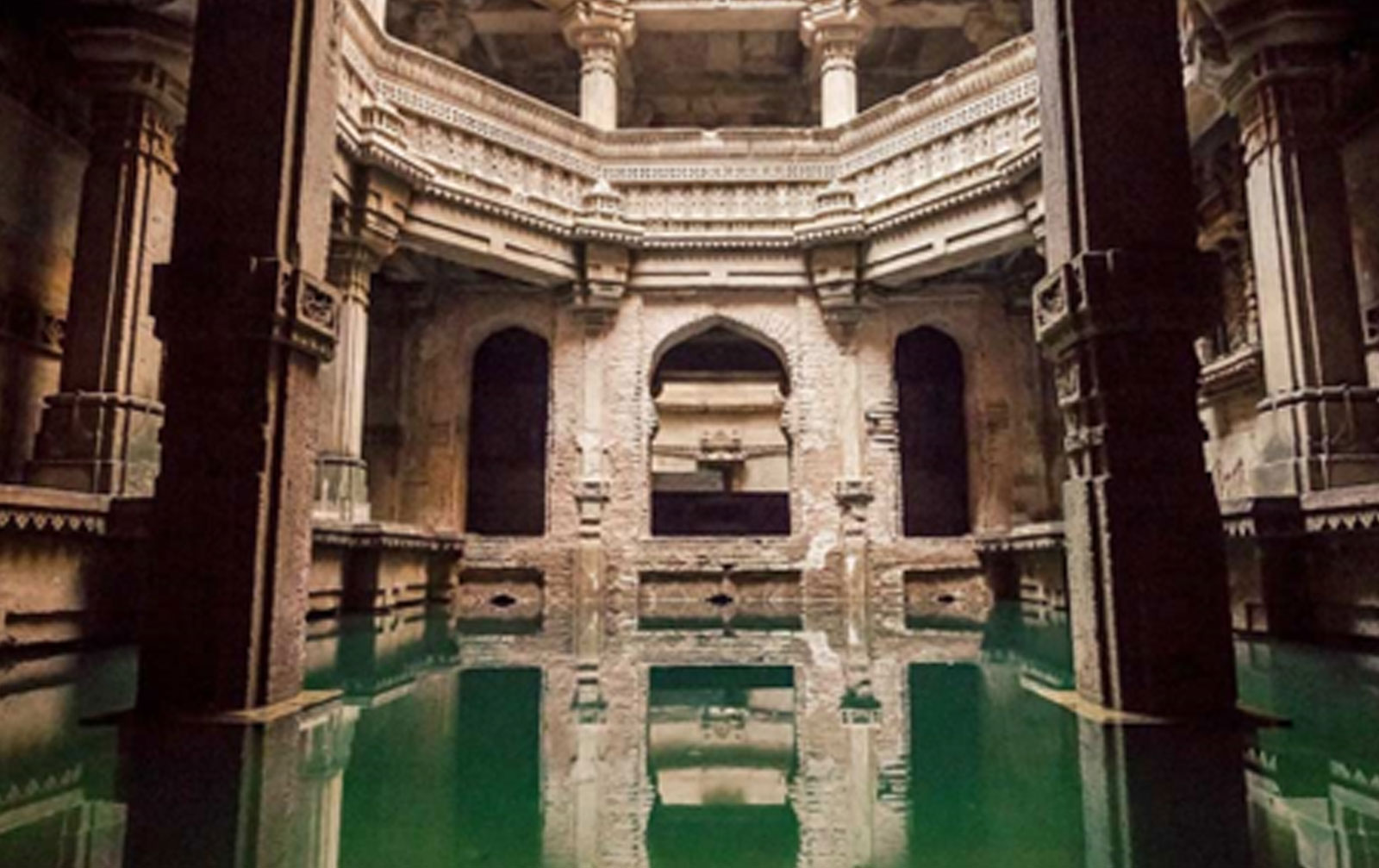
Adalaj Step well
Adalaj Stepwell or Rudabai Stepwell is a stepwell located in the small town of Adalaj, close to Gandhinagar city in the Indian state of Gujarat. It was built in 1498 in the memory of Rana Veer Singh (the Vaghela dynasty of Dandai Des) by his wife, Queen Rudadevi.

Hutheesing Jain Temple
Hutheesing Temple is a Jain temple in Ahmedabad in Gujarat, India. It was constructed in 1848 by the Hutheesing family. The temple blends the old Maru-Gurjara temple architecture style with new architectural elements of haveli in its design
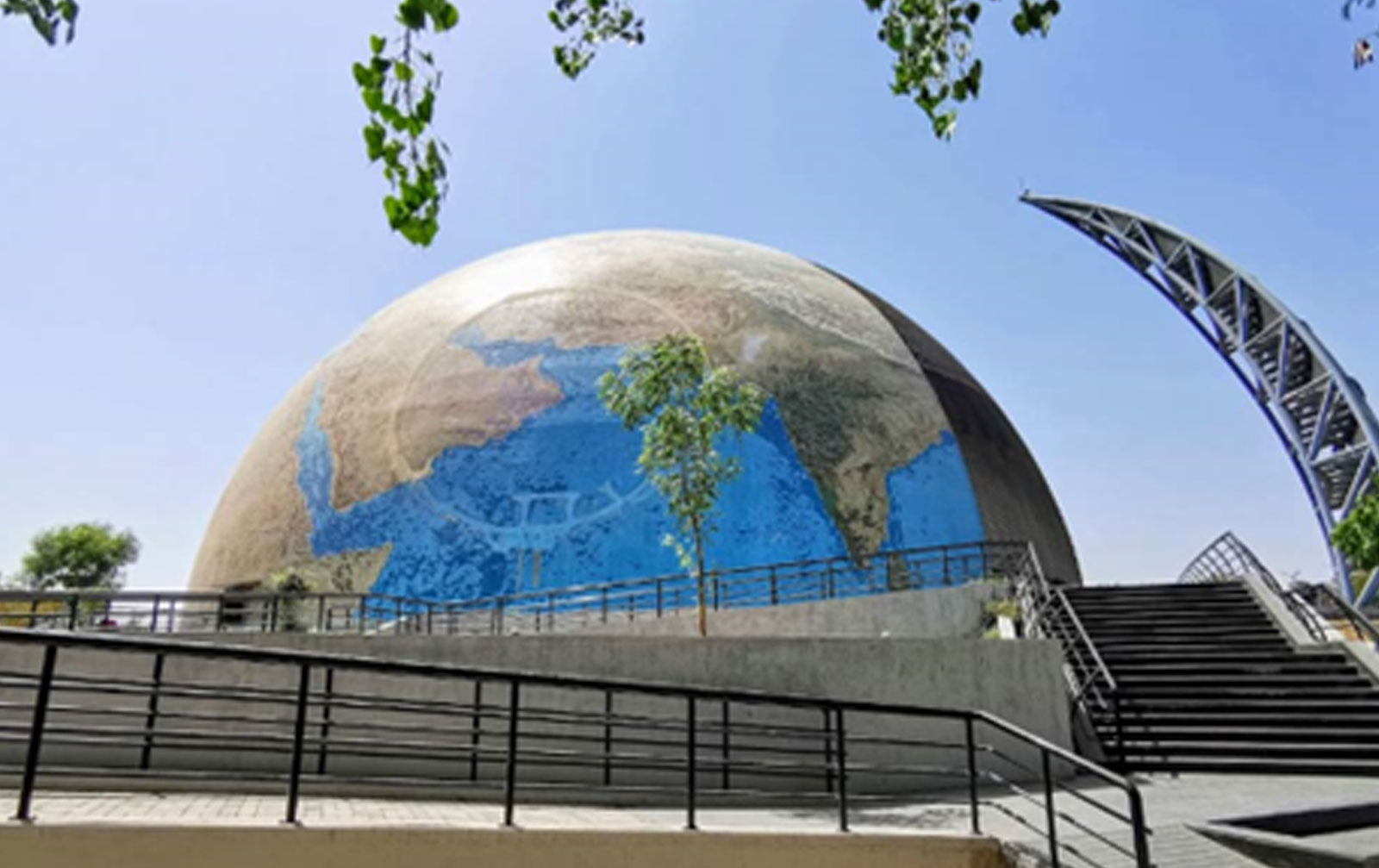
Gujrat Science City
Gujarat Science City is a science education and entertainment centre located in Ahmedabad, Gujarat, India. Opened in 2002 and expanded in 2021, it has an IMAX 3D theatre; exhibitions on science, space, energy park, life science park, planet earth, hall of science, musical fountain, thrill ride, plants, nature and robotics; an aquarium, an aviary and a butterfly park; as well as other facilities.

Auto world vintage car museum
Auto World Vintage Car Museum is a wonderful collection of vintage cars, motorcycles and carts manufactured by well known automobile companies. The museum focuses on stimulating the interest and knowledge of motor enthusiasts to learn about vintage and classic cars. An impressive collection of vintage cars, antique and utility vehicles, motorcycles and horse carriages is worth a visit.
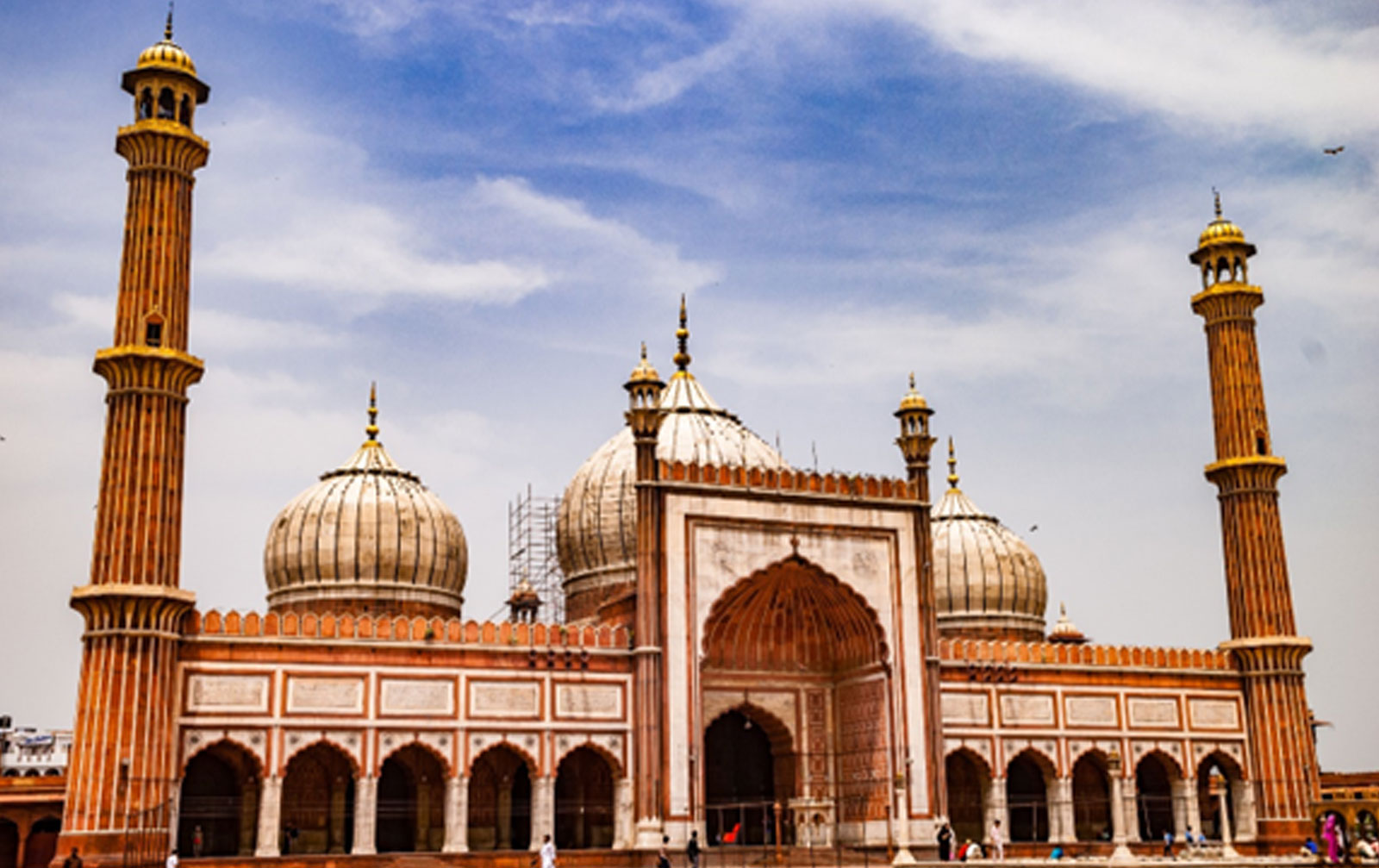
Jami Masjid, Ahmedabad
Jama Masjid (literally Friday Mosque), also known as Jumah Mosque or Jami' Masjid, is a mosque in Ahmedabad, Gujarat, India. It was built in 1424 during the reign of Ahmad Shah I. The inscription on the central mihrab commemorates the inauguration of the mosque on the 1st Safar A.H. 827 or January 4, 1424 A.D. by Sultan Ahmad Shah I. The mosque lies in the old walled city, and it is situated outside the Bhadra Fort area. The old walled city is divided into separate quarters or pols, and the Jami' Masjid is found on the Gandhi Road. Along the south side of the road, the mosque is a short distance beyond the Teen Darwaza or Tripolia Gate.
The Jama Masjid was the fifth mosque structure built during Ahmed Shah I's reign. The prior mosques had either been modest in size or were for private use. The Jama Masjid was the complete opposite of its predecessors in that it was a large, grandiose structure. The mosque complex has a large paved courtyard that can be entered from three different directions. The courtyard has an ablution tank in the middle. The west side of the building is home to the prayer hall. The entire mosque is emblematic of what came to be known as Gujarat style architecture.

Sidi Saiyyed Mosque
The Sidi Saiyyed Mosque, popularly known as Sidi Saiyyid ni Jali locally, built in 1572–73 AD, is one of the most famous mosques of Ahmedabad, a city in the state of Gujarat, India. The mosque was built by Sidi Sayyad, a Habshi nobleman, in 1572–73














